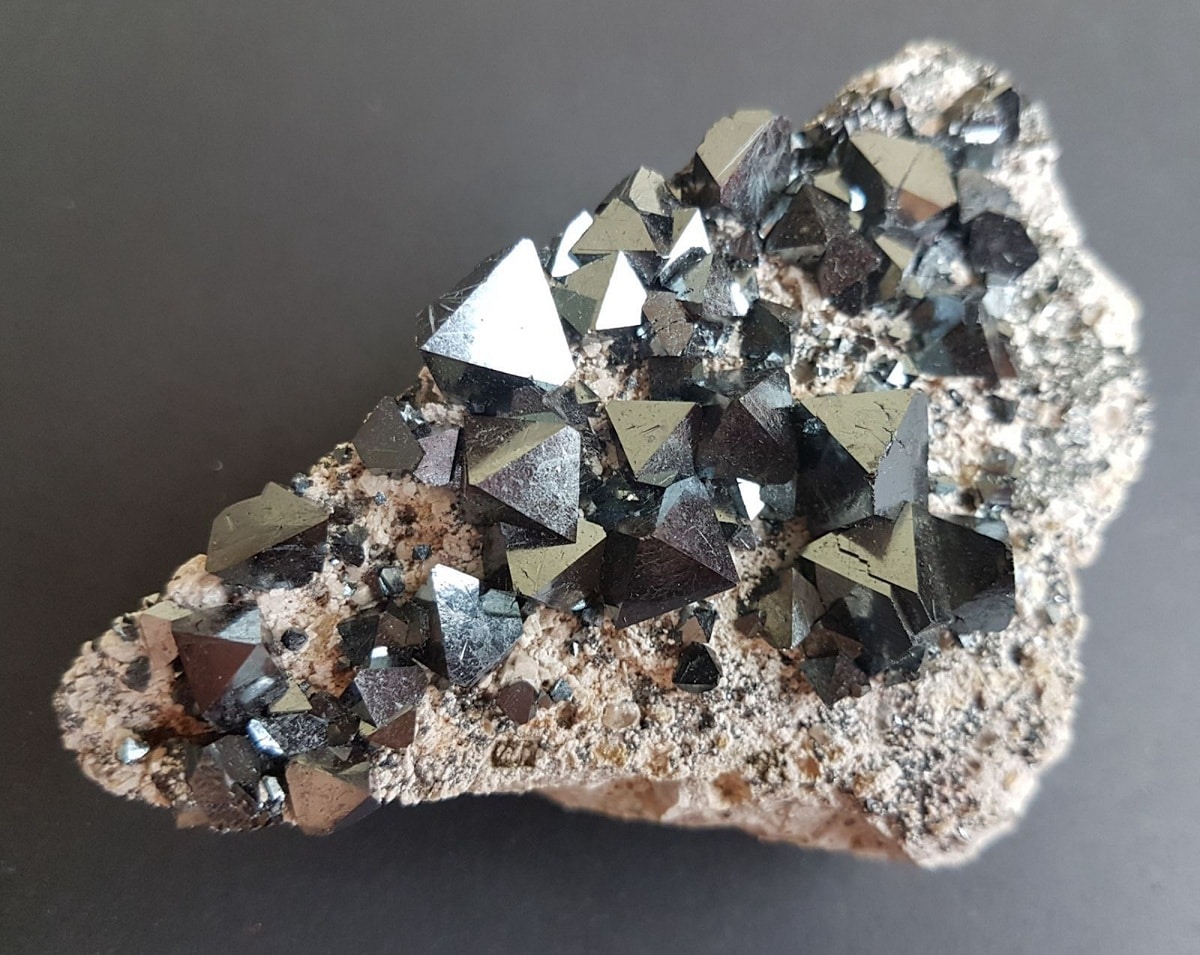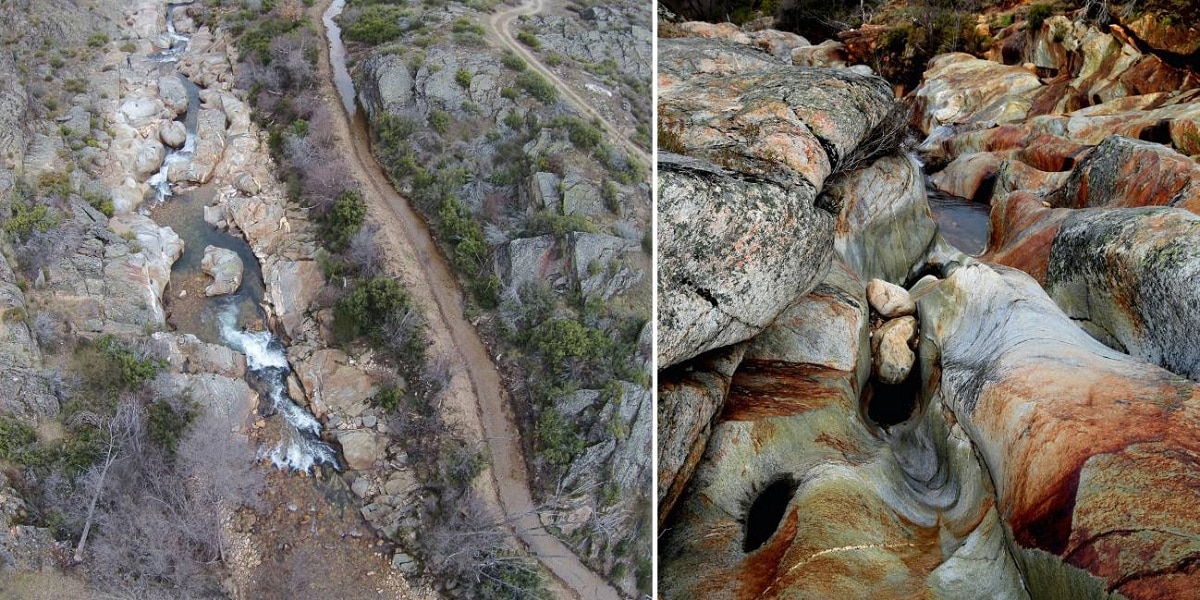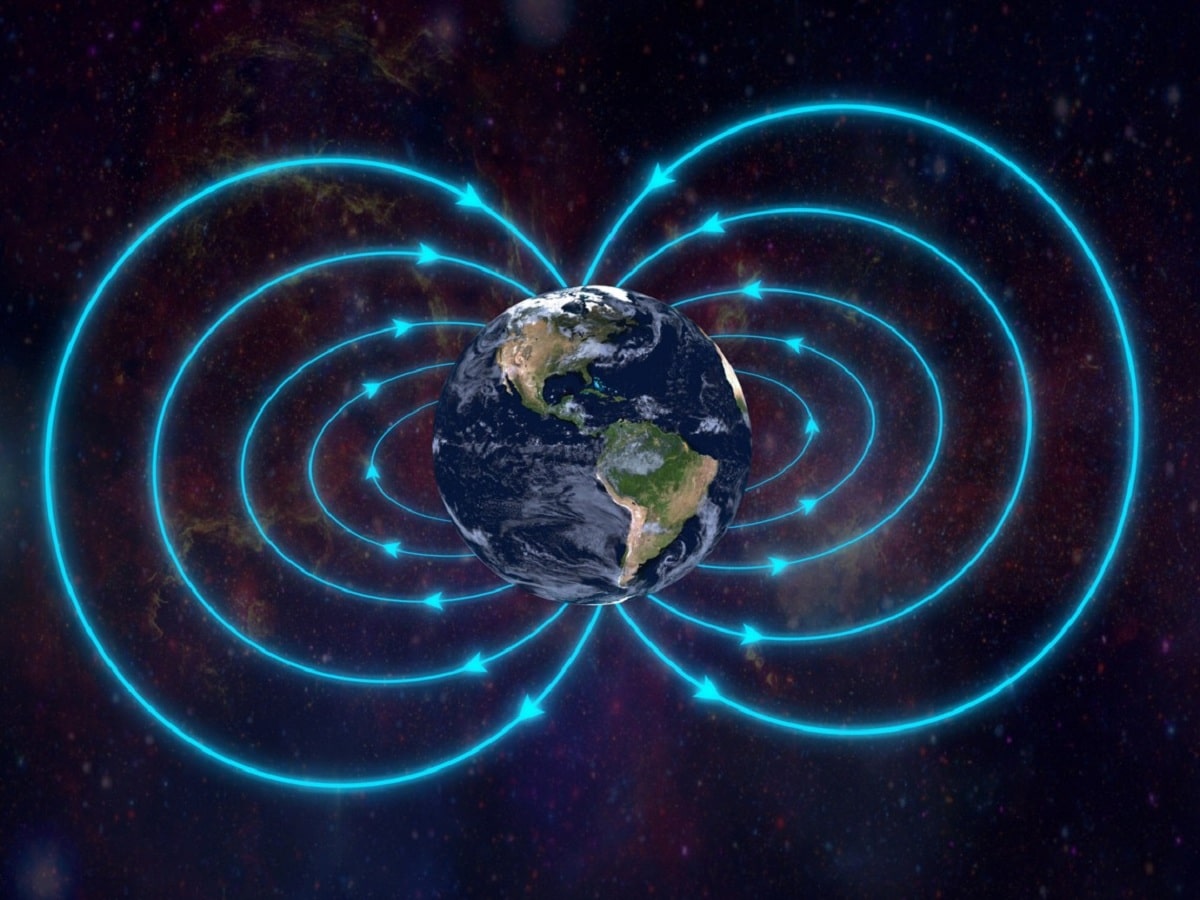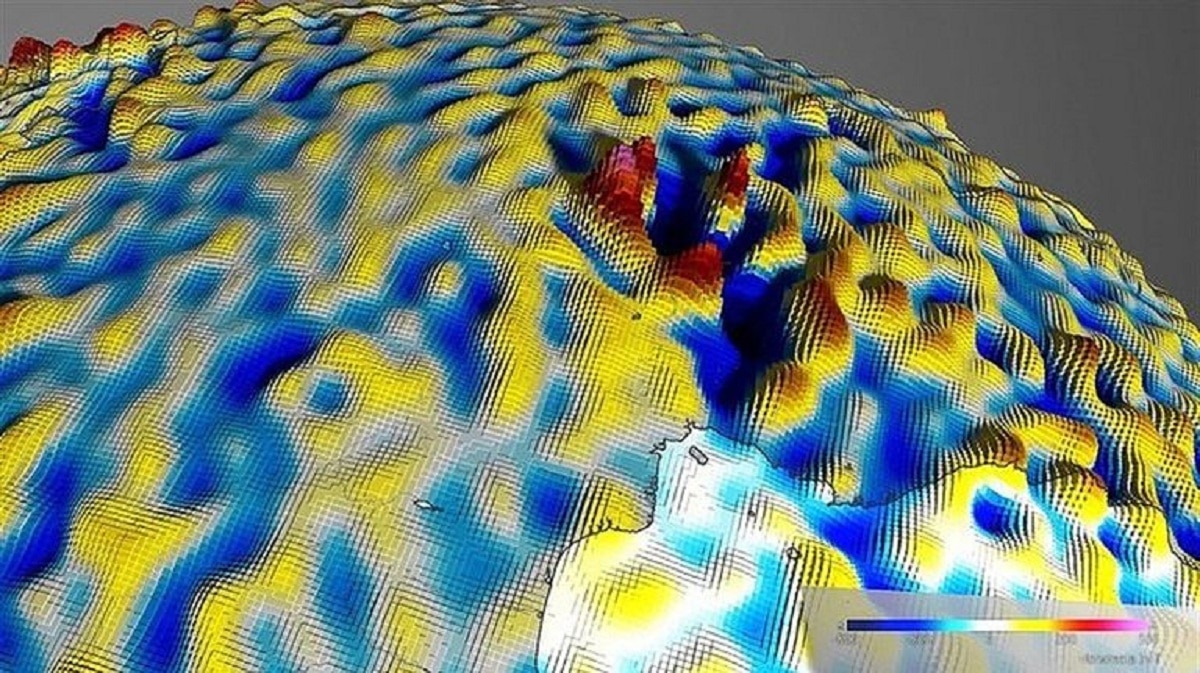
All the magnetic rocks and the magnetism of rocks are related to the magnetism of minerals, which is of great importance for the understanding of magnetic geophysical exploration methods. Most rock-forming minerals exhibit very low magnetic susceptibility, and the reason rocks are magnetic is that the proportion of magnetic minerals they contain is usually small. Only two geochemical groups provide rocks with these minerals and magnetism.
In this article we are going to tell you everything you need to know about magnetic rocks, their characteristics of the magnetism of minerals.
What are magnetic rocks

The iron-titanium-oxygen group has solid solutions of a number of magnetic minerals ranging from magnetite (Fe3O4) to ulvöspinel (Fe2TiO4). Another common type of iron oxide hematite (Fe2O3) is antiferromagnetic and therefore does not cause magnetic abnormalities. The iron-sulfur base provides the magnetic mineral pyrrhotite (FeS1 + x, 0 which has a Curie temperature of 578 ° C.
Although the size, shape and distribution of the magnetite particles in the rock will affect its magnetic properties, it is reasonable to classify the magnetic behavior of the rock based on its overall magnetite content.
Types of magnetic rocks

Due to their relatively high content of magnetite, basic igneous rocks are often magnetic rocks. The proportion of magnetite in igneous rocks decreases with increasing acidity, so although acidic igneous rocks have different magnetic properties, their magnetic properties are usually lower than those of basic rocks.
The magnetic characteristics of metamorphic rocks are also variable. If the partial pressure of oxygen is low, the magnetite will be reabsorbed and the iron and oxygen will combine with other mineral phases as the degree of metamorphism increases. However, the relatively high partial pressure of oxygen can lead to the formation of magnetite, which acts as an auxiliary mineral in the metamorphic reaction.
Generally speaking, the magnetite content and magnetic susceptibility of rocks vary widely, and there can be considerable overlap between different lithologies. When magnetic anomalies are observed in areas covered with sediments, anomalies are generally caused by underlying igneous rocks or metamorphic basements or intrusive sediments.
Common causes of magnetic anomalies include levees, faults, folds or truncations and lava flows, a large number of basic intrusions, metamorphic basement rocks, and magnetite ore bodies. The magnitude of the magnetic anomaly ranges from tens of nT in the deep metamorphic basement to hundreds of nT in the basic intrusive body, and the magnitude of magnetite minerals can reach several thousand nT.
Magnetic field and importance

After three years of data collection, so far it has been published the highest resolution space map of the Earth's lithospheric magnetic field. The dataset uses a new modeling technique to combine measurement results from ESA's Swarm satellite with historical data from the German CHAMP satellite, which allows scientists to extract tiny magnetic signals from the Earth's outer layers. Red represents areas where the lithospheric magnetic field is positive and blue represents areas where the lithospheric magnetic field is negative.
ESA's Swarm mission leader Rune Floberghagen said in a statement: “It is not easy to understand the crust of our parent star. We cannot simply use it to measure its structure, composition and history.. Measurements from space are very valuable since they are a description of the magnetic structure of the rigid shell of our planet.
At the Swarm Science Conference in Canada this week, the new map showed detailed changes in the field with greater precision than previous satellite-based reconstructions, caused by geological structure in the Earth's crust.
One of the anomalies occurred in the Central African Republic, centered on Bangui, where the magnetic field is significantly sharper and stronger. The reason for this anomaly is not yet clear, but some scientists speculate that it may be the result of the impact of a meteorite more than 540 million years ago.
The magnetic field is in a state of permanent flux. Magnetic north shifts and polarity shifts every few hundred thousand years, so the compass points south instead of north.
Magnetic poles
When volcanic activity produces new crust, mainly along the seafloor, iron-rich minerals in solidified magma will face magnetic north, thus capturing the "snapshot" of the magnetic field found when the rock cools.
As the magnetic poles move back and forth over time, solidified minerals form 'fringes' on the seafloor and provide a record of Earth's magnetic history. Swarm's latest map provides us with an unprecedented overview of the ribbons associated with plate tectonics, reflecting off the ridge in the middle of the ocean.
“These magnetic bands are evidence of magnetic pole reversal, and analysis of the magnetic footprint on the seabed can reconstruct past changes in the core's magnetic field. They also help study plate tectonics, "said Dhananjay Ravat of the University of Kentucky.
The new map defines the characteristics of the magnetic field up to approximately 250 kilometers long and will help investigate the geology and temperature of the Earth's lithosphere.
Magmatic rocks are also important from the point of view of magnetic rocks. And it is necessary to bear in mind that a large amount of iron is found inside the earth.
I hope that with this information you can learn more about magnetic rocks, their importance and the earth's magnetic pole.